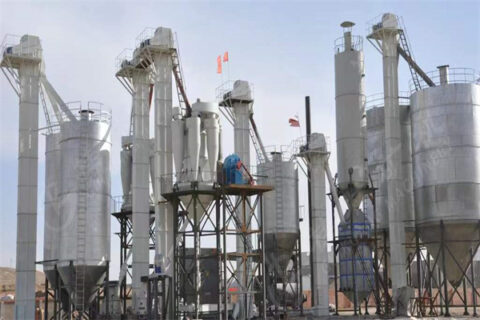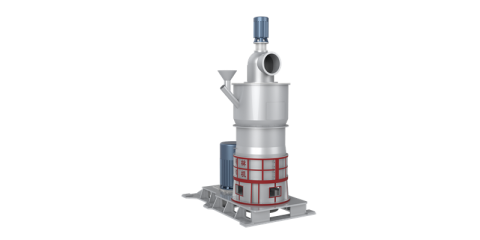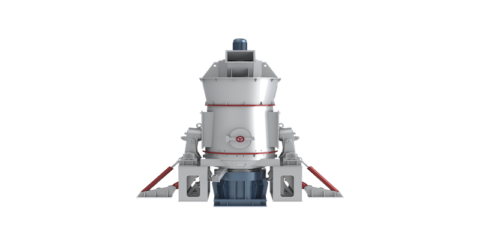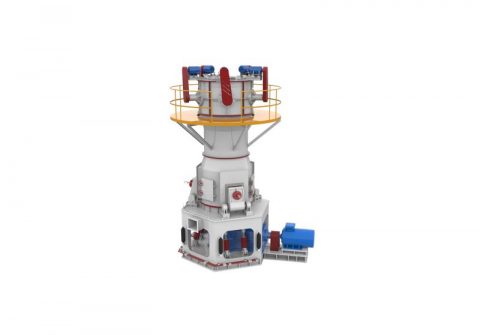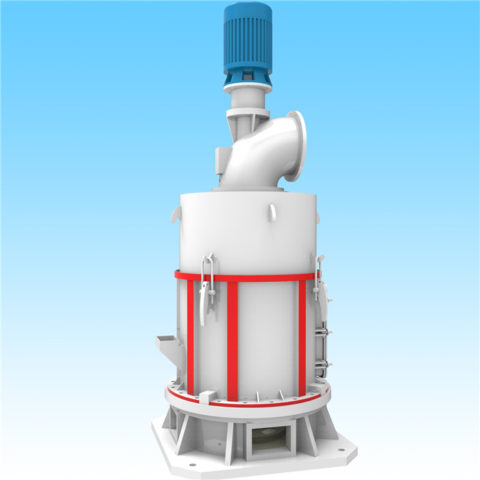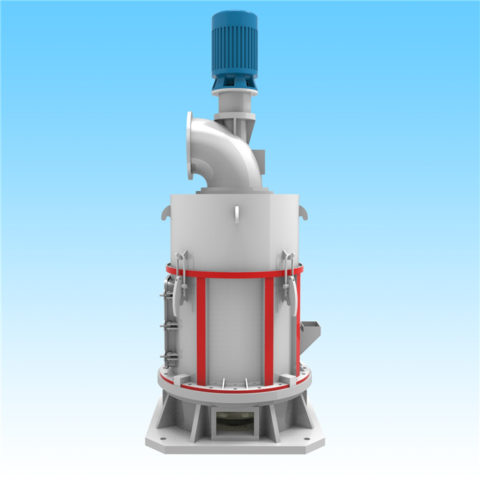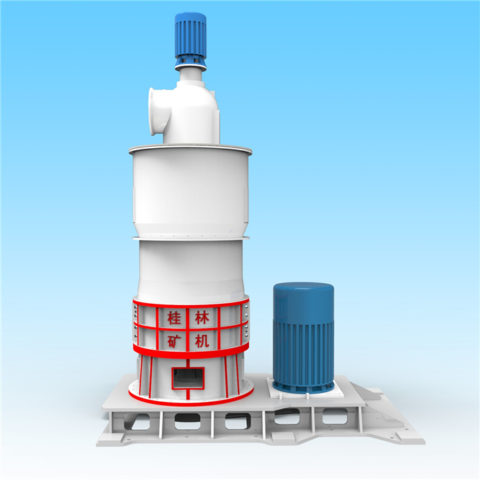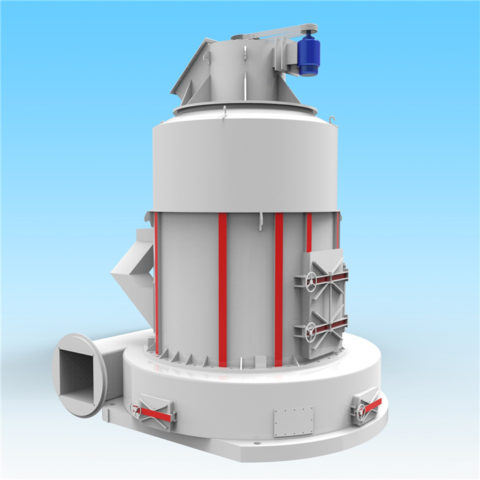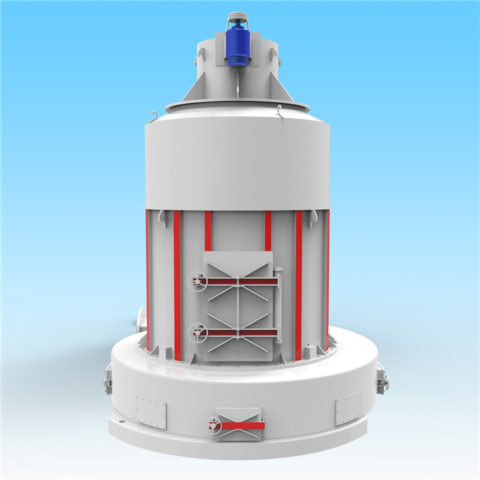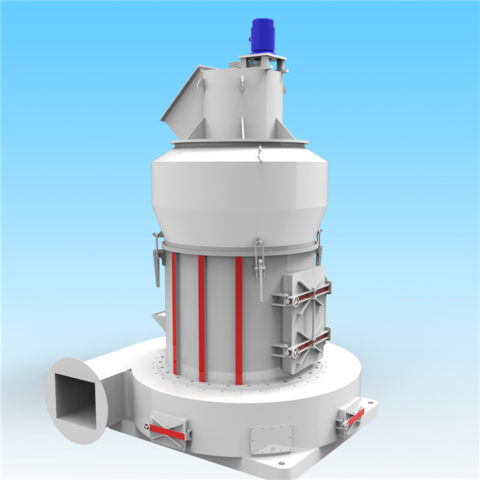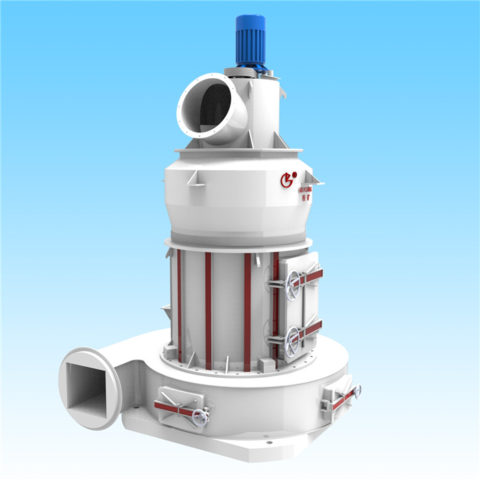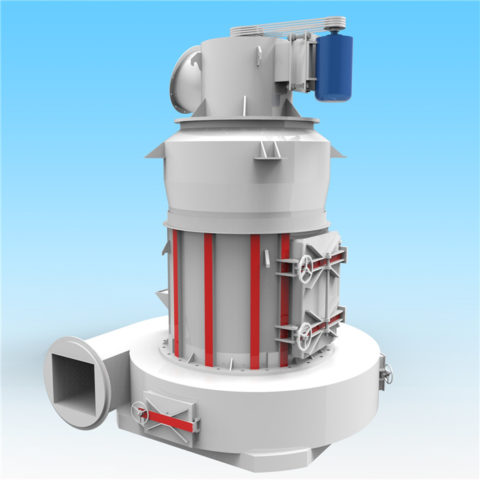The specific surface area refers to the total area of a unit mass material. The unit is m2/g. Usually refers to the specific surface area of solid materials, such as powders, fibers, particles, flakes, blocks and other materials.
The relationship between specific surface area and particle size
Generally speaking, the smaller the particle size, the larger the specific surface area.
The smaller the particle diameter, the more the number of particles per unit volume, the greater the total surface area, and the greater the specific surface area ratio.
Comparison table of particle size and specific surface
Remarks: The above results assume that the true density of the material is 1g/ml3, the general organic material is mostly about 0.5g/mI3-1g/mI3, the inorganic material is mostly about 1g/ml3-3g/ml3, and the metal material is 3g/ml3-8g. /mlI is mostly. The corresponding specific surface is the corresponding value in the table divided by the multiple of its density relative to 1.

